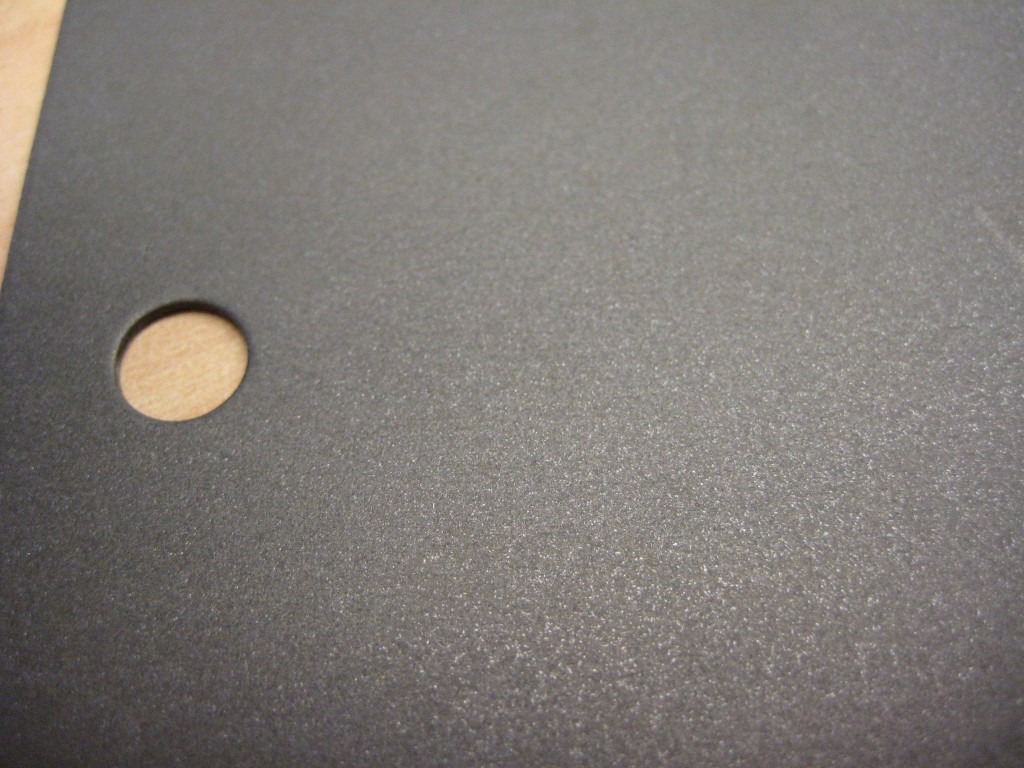TRI-CATIONIC ZINC PHOSPHATE
FINBON-TRI creates tri-cationic Zinc Phosphate coating which is extremely fine and compact and results in low porosity value. The low porosity is very crucial because smaller porosity value means higher corrosion resistance. Similarly lower porosity provides better paint adhesion due to improved bonding ability between substrate and the top layer. Hence, compactness of the coating results in better corrosion resistance and superior paint adhesion in contrast with conventional zinc phosphate coatings.
In a nutshell, we can say Tri-cationic zinc phosphate coating i.e. FINBON-TRI is the future of metal surface treatment technology because it provides better quality with economy.
SCOPE
FINBON-TRI is designed to provide poly-crystalline, Tri-cationic zinc phosphate coating on iron, steel and zinc surface at 35 to 40°c. The coating so develop contains heavy metal ions which provide better corrosion resistance and excellent paint adhesion in comparison with conventional Zinc phosphate coating.
BENEFITS
- FINBON-TRI offers improved corrosion resistance and superior paint adhesion as compared to conventional Zinc phosphating systems.
- It also provides adequate wear resistance due to the presence of heavy metal ions.
- It is an energy efficient process because system works ideally at 35 to 40c which reduces pre-treatment cost approximately 40-50% as compared to conventional phosphating processes operating at higher temperature.
- The chemical consumption of FINBON-TRI is reported to be 50% less then the conventional phosphating chemicals working at higher temperature.
PROPERTIES
FINBON-TRI provides a poly-crystalline; Tri-cationic Zinc phosphate coating that exhibits superior corrosion resistance and durability.
It is suitable for iron, steel and zinc substrate.
It forms a very small amount of sludge.
FINBON-TRI coating develops a non-conducting bond between the base metal and a paint.
FINBON-TRI can be used for both spray and immersion applications.
It forms a chemically inert layer on metal surface which makes it suitable for electrophoretic lacquering.

